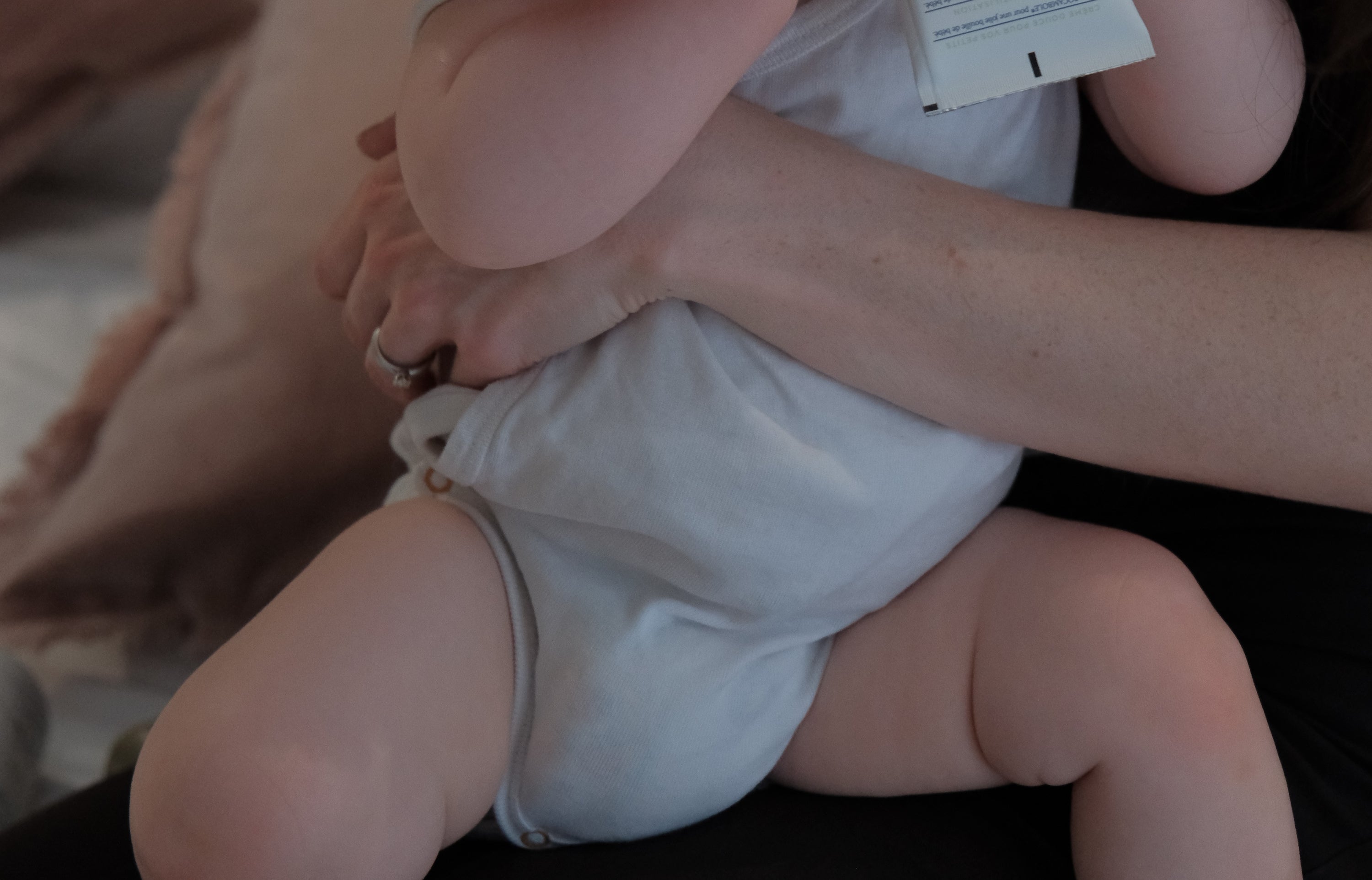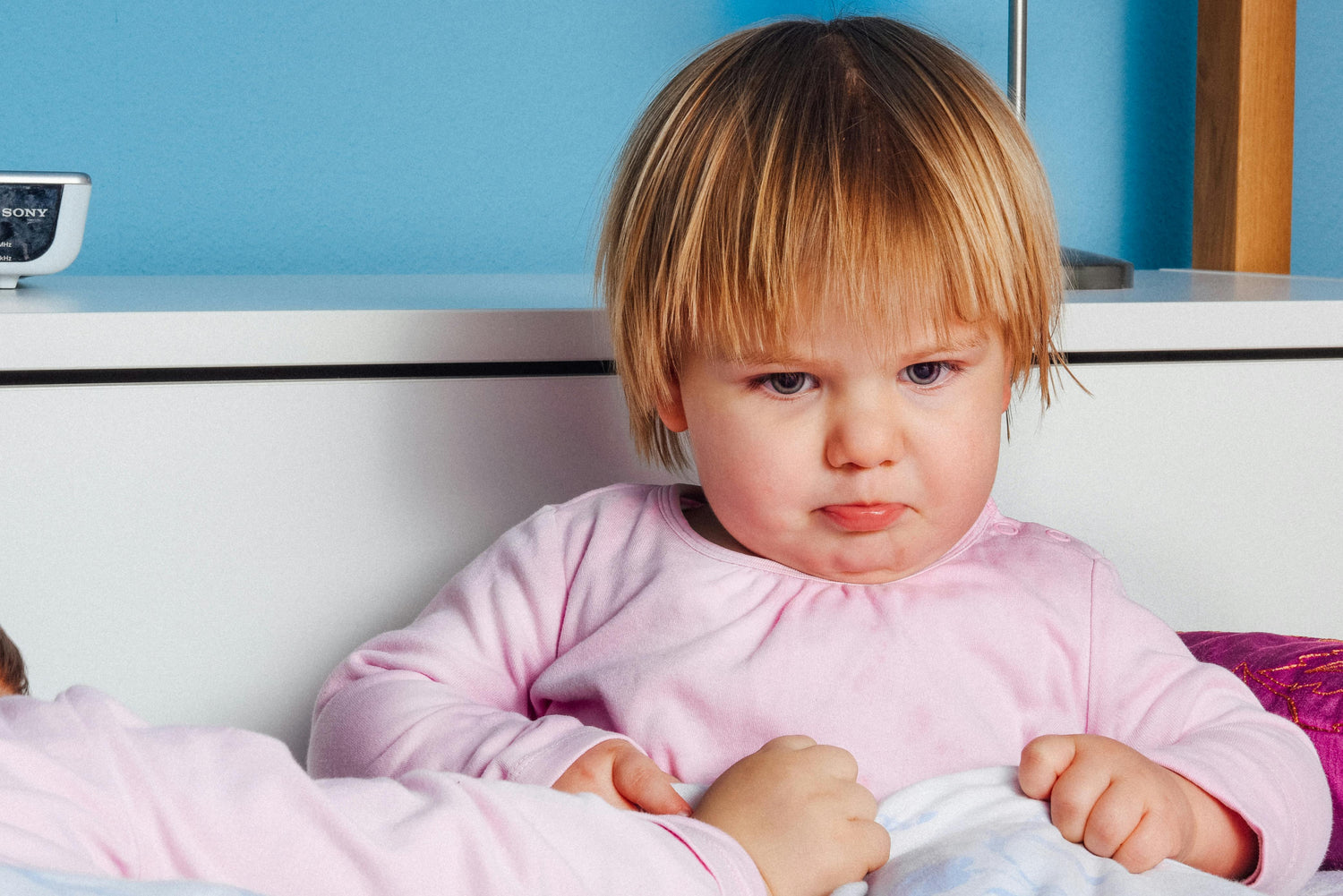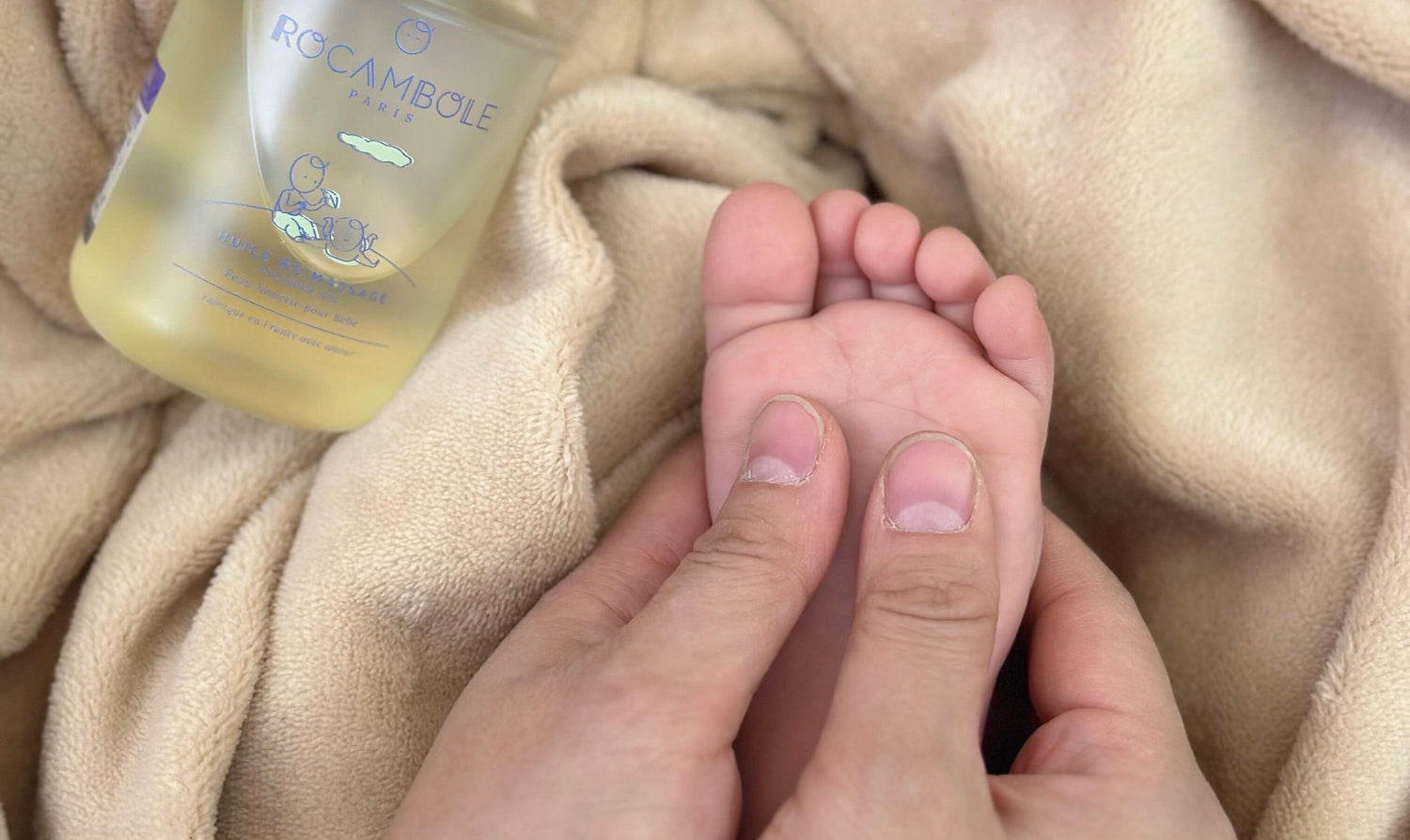How do I change my baby?
Your baby's diaper area is put to the test during the first months of life. Many external aggressions (urine, stools, friction from diapers, etc.) weaken the epidermis, leading to redness and irritation.
When to change baby?
Some babies don't cry when they need to be changed, so it's important to regularly check your child's diaper for dirt to avoid prolonged skin contact with urine or stool.
Ritualize this gesture to protect the seat area
During the first few weeks, change your baby according to the number of meals, before or after each feeding or bottle. As the months go by, the frequency of changes will decrease. Make sure your baby's diaper is always clean before naps or bedtime, so that he can fall asleep without being bothered by a dirty diaper.
The essentials for changing baby with complete peace of mind
-
A comfortable and elevated space : A stable changing table at the right height for your comfort and baby's safety.
-
The right steps to take to change baby and prevent irritation :
-
Does the change depend on the contents of the diaper?
- If the diaper only contains urine, a little liniment on a cotton pad is enough to clean.
- If stools are present, use a cotton pad soaked in warm water to clean, then apply liniment to leave a moisturizing film on the skin.
-
Precautions when changing baby girls
- It is important to clean from front to back to avoid urinary tract infections.
-
How to limit the appearance of diaper rash?
- Change your baby's diaper as often as possible.
- Use diapers with a soft, natural inner lining.
- Be sure to dry the seat area thoroughly, especially in the folds, by dabbing gently to avoid maceration.
- Adjust the layers so that they are neither too small nor too tight, thus allowing good air circulation.
What to do if the diaper area becomes irritated or red?
- In case of slight redness, apply a thick layer of diaper cream. Formulated with zinc and panthenol, it strengthens the skin's natural protective film and soothes minor irritations. Its non-greasy texture absorbs excess moisture and insulates the epidermis from the aggressions of urine and stools.
- For severe or oozing redness, replace diaper cream with a water-based paste.
Midwife's advice
- Use a gentle cleansing gel once a day in addition to liniment and other products used for changing.
- Before changing your baby, make sure you never leave him alone on the changing table.
- Products needed: liniment (or any baby cleansing lotion and water), absorbent cotton, water and, if necessary, diaper cream or water paste if your child suffers from diaper rash.
- A closed trash can nearby, to avoid unpleasant odors.
- When choosing diapers or toiletries, avoid long ingredient lists and opt for natural formulas.
Good to know
The skin on the bottom is a real barometer of baby's well-being. It can be a sign of poor hygiene (insufficient diaper changes, unsuitable toiletries), or reveal intestinal problems, teething or illness.





